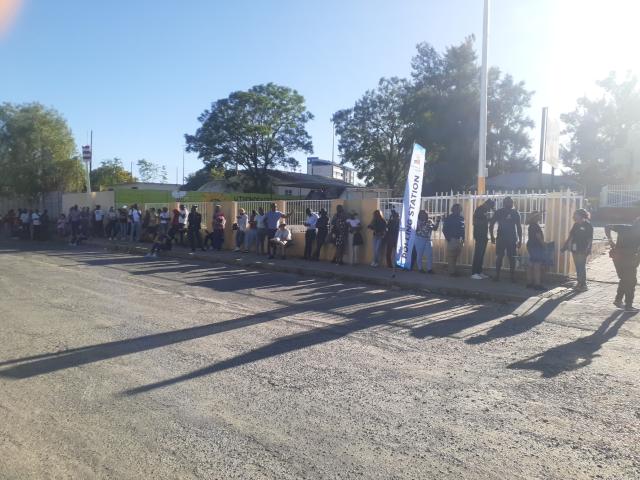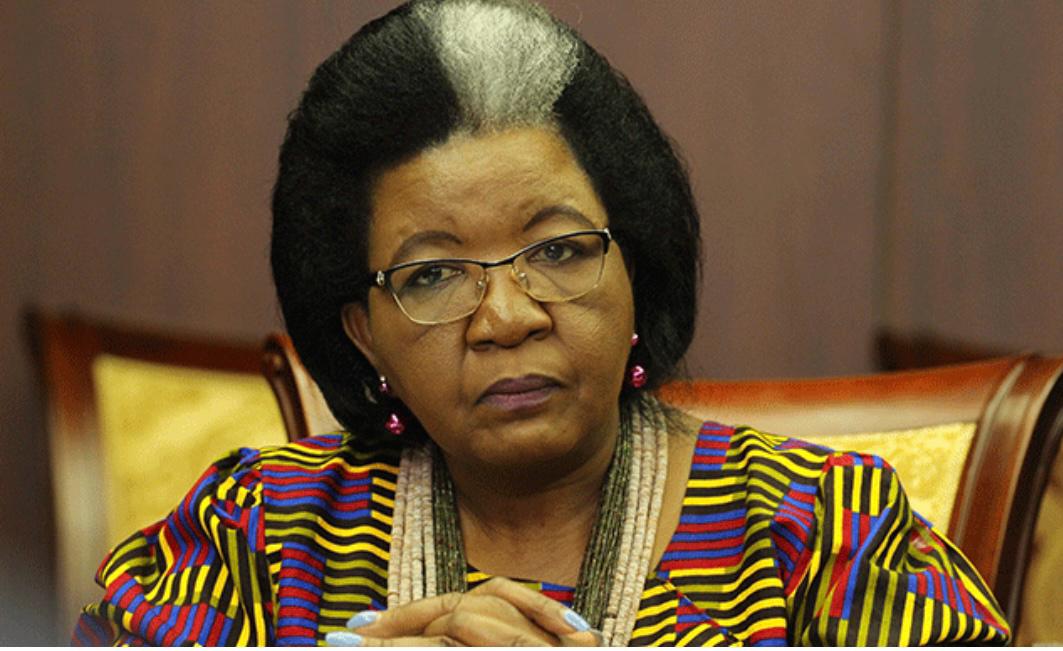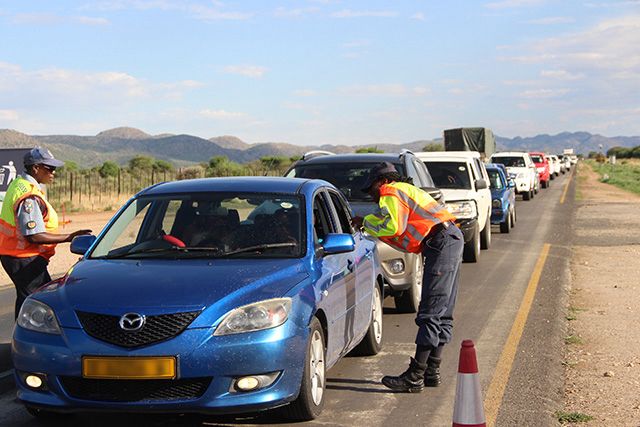Zambezi villagers have to use every drop of water wisely as sources in the region are drying up due to the prevailing drought.
To make matters worse, the distance they need to travel to get access to water is getting longer by the day.
The region’s rural community comprises about 95 972 people of the total population of 142 373 in the region, as recorded in the 2023 population and housing census preliminary report.
These villagers coexist with the wildlife in three of the region’s national parks and 15 communal conservancies.
They mostly rely on getting water from boreholes, however, the borehole infrastructure across the region is in a dilapidated state.
It is beyond rehabilitation as some boreholes have dried up, or contain water not fit for human consumption.
Villagers also source water from the Kwando, Linyanti, Chobe and Zambezi rivers, with the risk of being attacked by wild animals.
HYGIENE VS THIRST
In the Sesheke area, villager Joseph Maezi says the two boreholes in their area have been broken since May and now they either get water from clinics or conservancy office boreholes.
“I travel about 600m to the clinic to source water for my household, and it’s not easy, because the clinic is uphill and water spills as you’re walking back.
“We are no longer taking baths every day as we need to prioritise using the water for cooking and drinking sparingly,” he says.
Meanwhile, in the Singalamwe area, Bargrey Libebe says not only do they travel about 5km to 10km to access the existing six boreholes in the area, but these boreholes are often broken.
He says over 3 000 residents rely on these boreholes, of which two do not produce water fit for human consumption.
Villagers are therefore forced to source water from the river.
HUMAN-WILDLIFE CONFLICT
“The distance we have to travel to access water is a struggle for us without cars, and the risks of being attacked by wildlife along the way are high. However, we have no choice, because if we sit at home, we will die of thirst. Our livestock are also in danger of these wild animals, as we rely on the river to provide drinking water for them.
“As we speak, elephant presence in the community is high, because they too are in search of water as their normal water points are dried up due to drought.
“So far, three people have been attacked by crocodiles in this area while fetching water at the river,” he says.
Libebe says the government should drill more boreholes closer to the villagers and further away from harm.
In the Sachona area, Robert Kabalekwa says villagers are currently getting water from the Kongola pipeline, however, the pressure is very low and they often have to wait four days to get water.
He says alternatively, villagers have to travel to a different area where the pressure is higher to collect water – if they have the means.
“Most of us have no option but to wait out those four days while using the water we have sparingly. This water challenge is life-threatening and the government needs to come to our aid,” he says.
At the Iseke area, Michael Kawana says they have resolved to buy water from NamWater through the rural water supply directorate, as all the boreholes and lakes have dried up.
He says they wait for the water they buy for almost a month as rural water supply only has one water tanker to deliver water throughout the region.
PILES OF DIRTY CLOTHES
“If you enter my house, you will be greeted by piles of dirty clothes and blankets, because we have to use the water we have sparingly while we wait for another delivery,” he says.
Kawana says he has spent thousands of dollars to plough about 18 hectares of maize, but has not managed to harvest even one 25kg bag of maize due to the drought.
In May, president Nangolo Mbumba declared a state of emergency regarding the current drought persisting in all 14 regions of the country.
The government, through the Office of the Prime Minister, allocated N$825 million to a drought-relief support programme for the 2024/25 financial year, of which N$100 million was set aside for a water provision programme.
Minister of agriculture, water and land reform Calle Schlettwein earlier this year at the World Water Forum in Bali said the country is experiencing the worst drought it has faced in 100 years.
This threatens Namibia’s water security, health and economic prosperity.
He said both surface and groundwater resources will become less reliable.
Historian Eliot Mowa says this may be the worst drought ever.
Mitigating its effects could be done through adopting versatile agronomic farming practices, such as poultry farming and drought-resistant crops.
“An adequate hydrological assessment is required to determine the best solution for communities, which would be either a borehole, dam, or main grid water pipeline connection.
“Zambezi in particular is a wetland that shouldn’t have suffered drought, given its abundant water resources,” he says.
Agriculture ministry spokesperson Jona Musheko on Thursday said there are still areas in the region where water supply is not fully achieved, but the ministry is addressing this by drilling boreholes.
He says as a long-term solution, their plan to construct the Katima Mulilo/Ngoma pipelines and reservoirs throughout a loan agreement with the African Development Bank (AfDB) is at an advanced stage.
“All project engineering deliverables, including preliminary and final design reports, have been completed. We are currently awaiting the environmental coping report. Upon receipt, the bidding documentation will be submitted to the AfDB for “no objection” approval. After the bidding and advertisements, we will submit to the AfDB for “no objection” to proceed with awarding the contract. Construction is expected to commence by the end of January 2025,” he said.
Stay informed with The Namibian – your source for credible journalism. Get in-depth reporting and opinions for
only N$85 a month. Invest in journalism, invest in democracy –
Subscribe Now!








